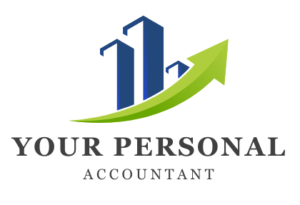Reporting Farm Income and Expenses
 Days are getting
Days are getting
shorter, the air is getting crisp, autumn is around the corner and
many farmers are bringing in their final harvest of the year. If
you’re a farmer, you put in many long hours and resources to grow
the best crops and livestock. Now is the time to get your income
and expenses sorted out before tax season arrives. We can help by
covering some income sources and deductible business expenses for
farmers, as listed on the IRS website.
Income Sources
Farmers receive income from many sources, but the most common
sources are the sale of livestock, produce, grains, and other
products raised or bought for resale. Schedule F is used to report
the entire amount a farmer receives, including money and the fair
market value of any property or service.
Bartering is another income source for farmers. Bartering occurs
when farm products are traded for other farm products, property,
someone else’s labor or personal items. Other income sources
include:
- Cooperative distributions
- Agricultural program payments
- Commodity Credit Corporation (CCC) loans
- Crop insurance proceeds and federal crop disaster payments
- Custom hire income
The IRS’ Publication 225 has more information on farm
income sources.
Deductible Expenses
The ordinary and necessary costs of operating a farm for profit
are deductible business expenses. An ordinary expense is an expense
that is common and accepted in the business. A necessary expense is
one that is appropriate for the business.
Wages paid for farm labor are an example of deductible expenses.
If a farmer pays his child to do farm work and a true
employer-employee relationship exists, reasonable wages or other
compensation paid to the child is deductible. The wages are
included in the child’s income, and the child may have to file an
income tax return. These wages may also be subject to Social
Security and Medicare taxes if the child is age 18 or older.
Another deductible expense is depreciation. Farmers can
depreciate most types of tangible property (except land), such as
buildings, machinery, equipment, vehicles, certain livestock or
furniture. Farmers can also depreciate certain intangible property,
such as copyrights, patents or computer software. To be
depreciable, the property must:
- Be property the farmer owns
- Be used in the farmer’s business or income-producing
activity - Have a determinable life
- Have a useful life that extends substantially beyond the year
placed in service
Some expenses paid during the tax year may be partly personal
and partly business. Examples include gasoline, oil, fuel,
water, rent, electricity, telephone, automobile upkeep, repairs,
insurance, interest and taxes. Farmers must allocate these expenses
between business and personal uses. Generally, the personal part of
these expenses is not deductible.
An example would be if a farmer paid $3,500 for electricity
during the year. He used a third of the electricity for personal
use and two thirds for farming. Under these circumstances, two
thirds of the expense is deductible as a farm business expense.
Good recordkeeping must be maintained to document the business
portion of the expense.
You can check out Publication 225 for more information about
deductible expenses and reporting requirements.

Leave a Reply
You must be logged in to post a comment.